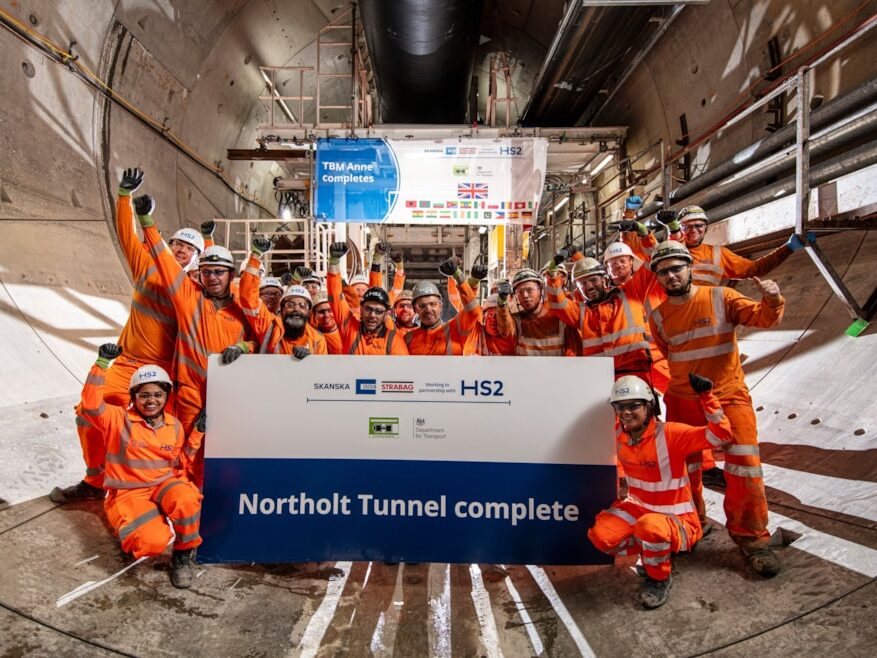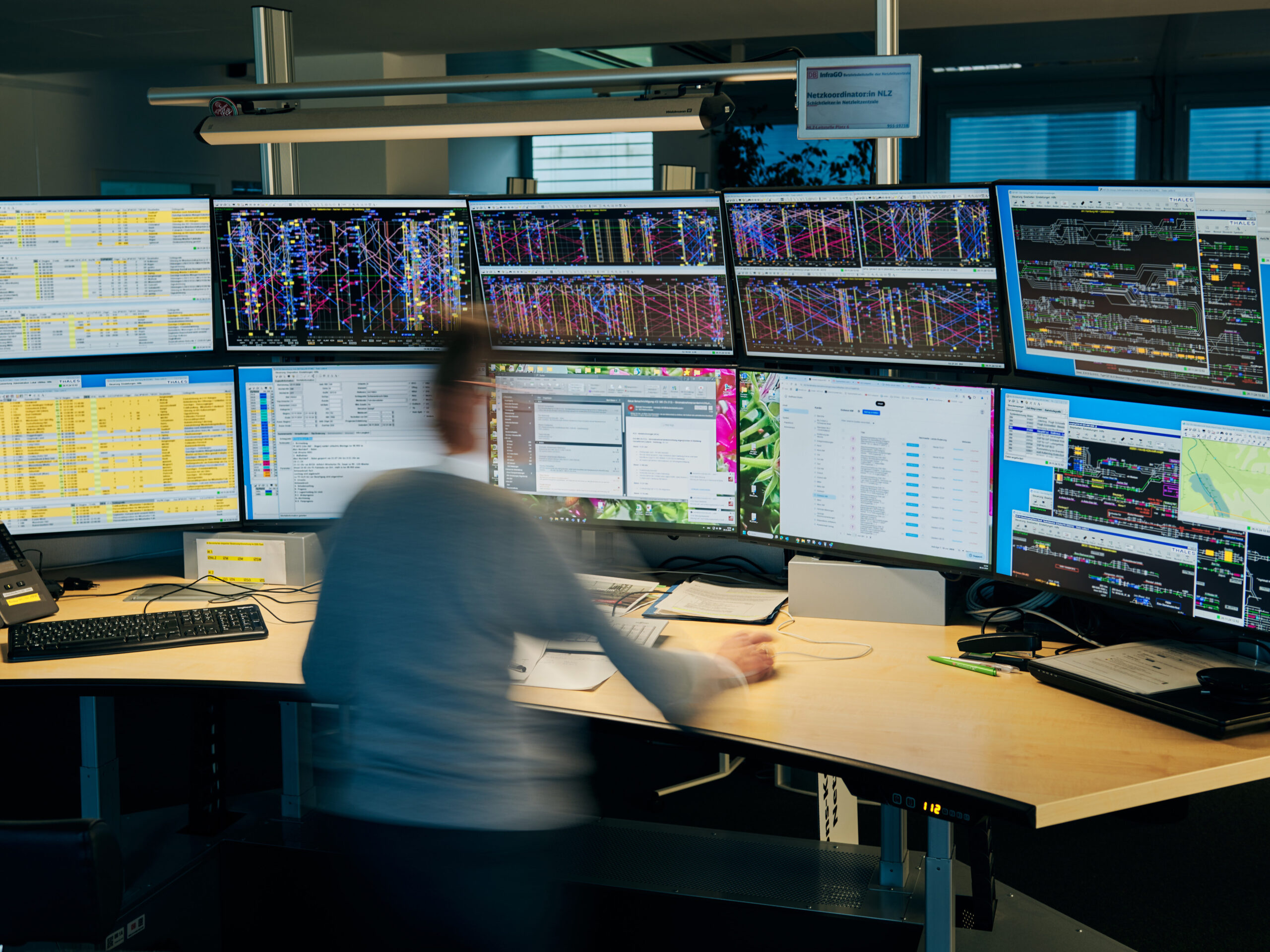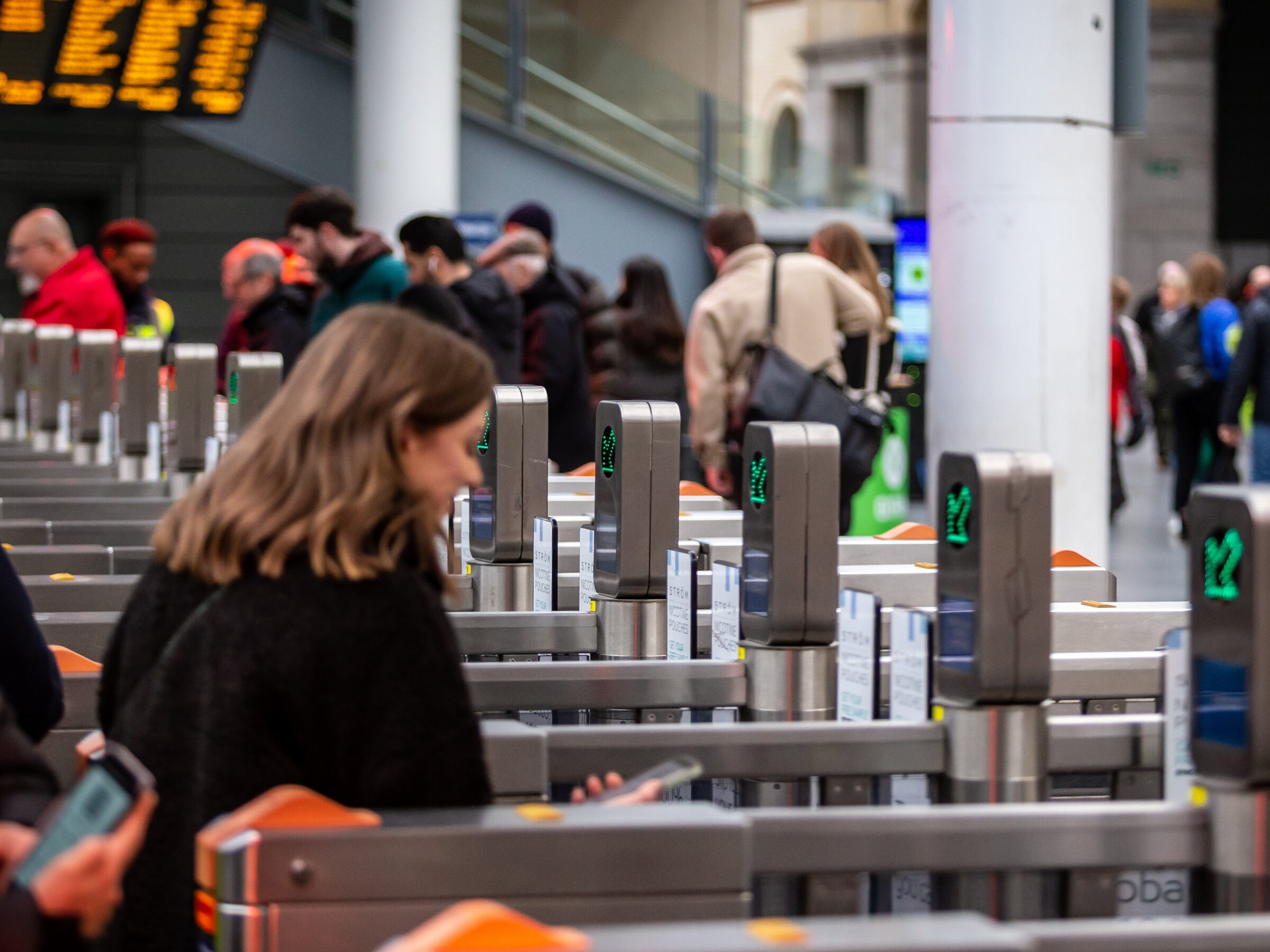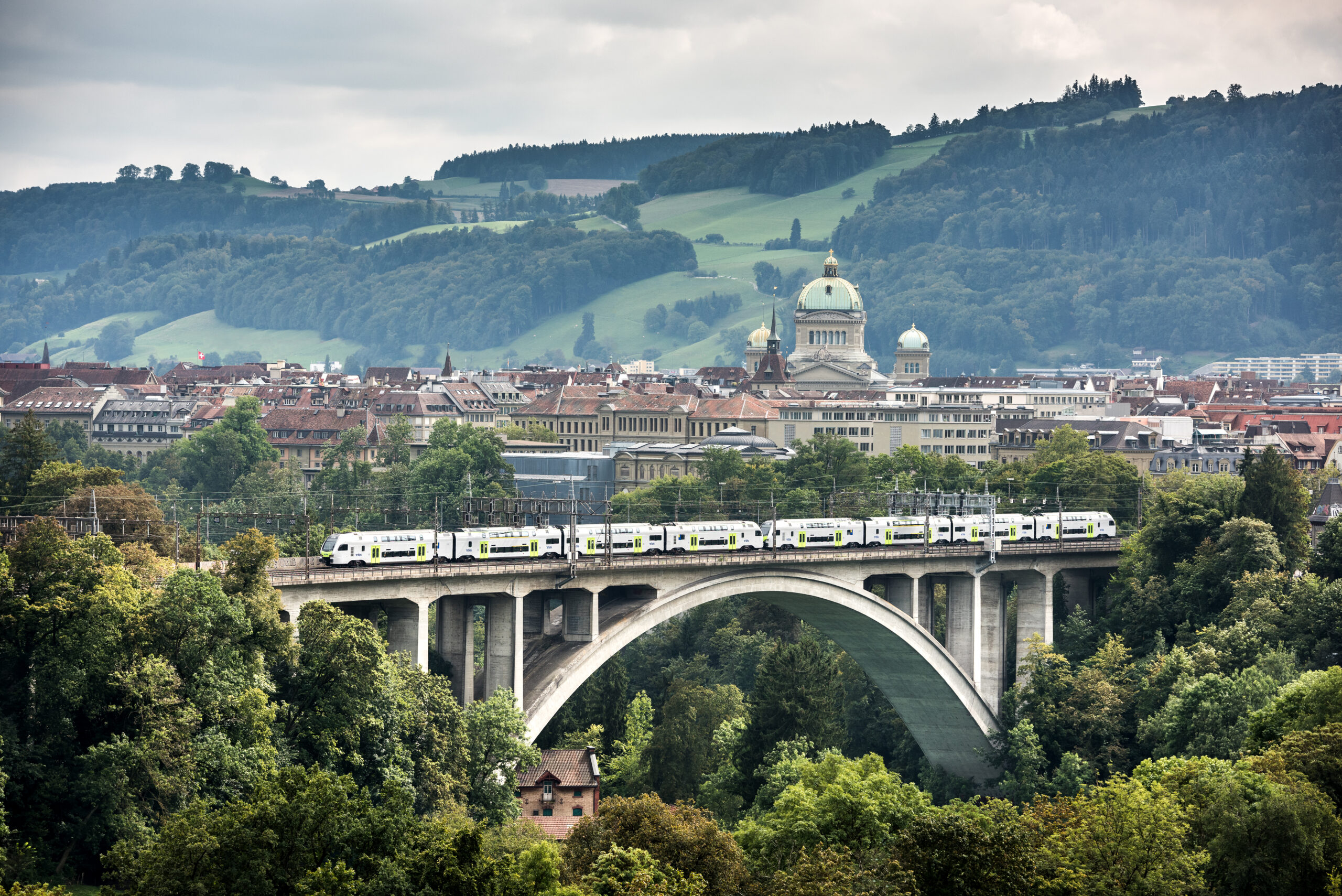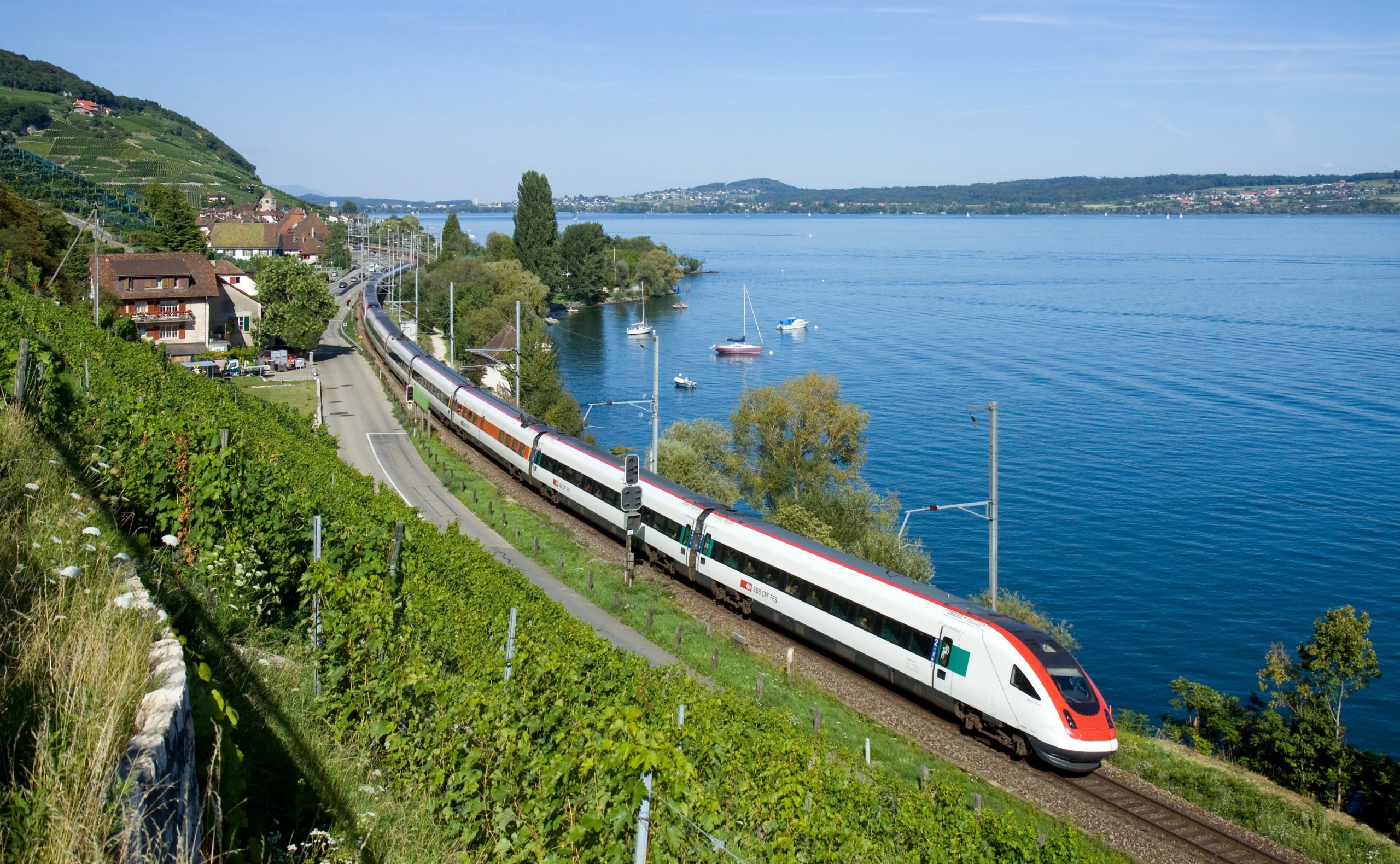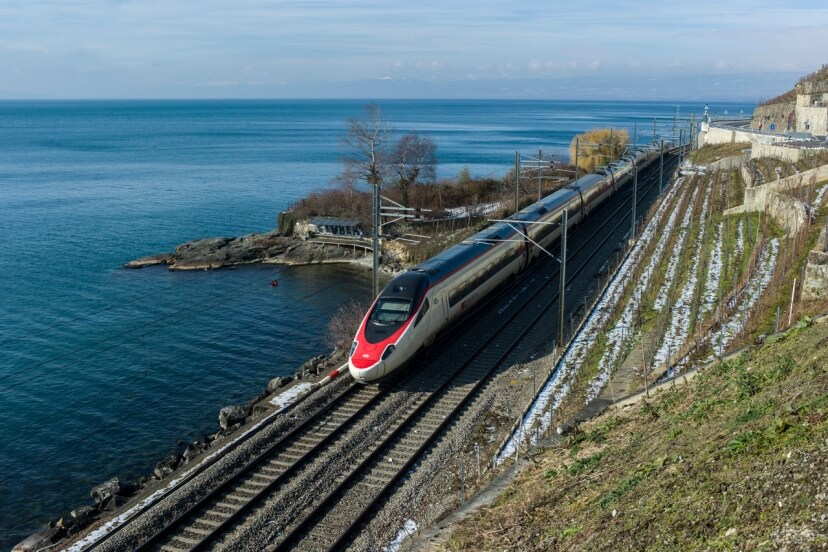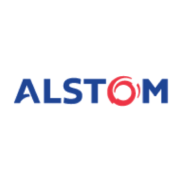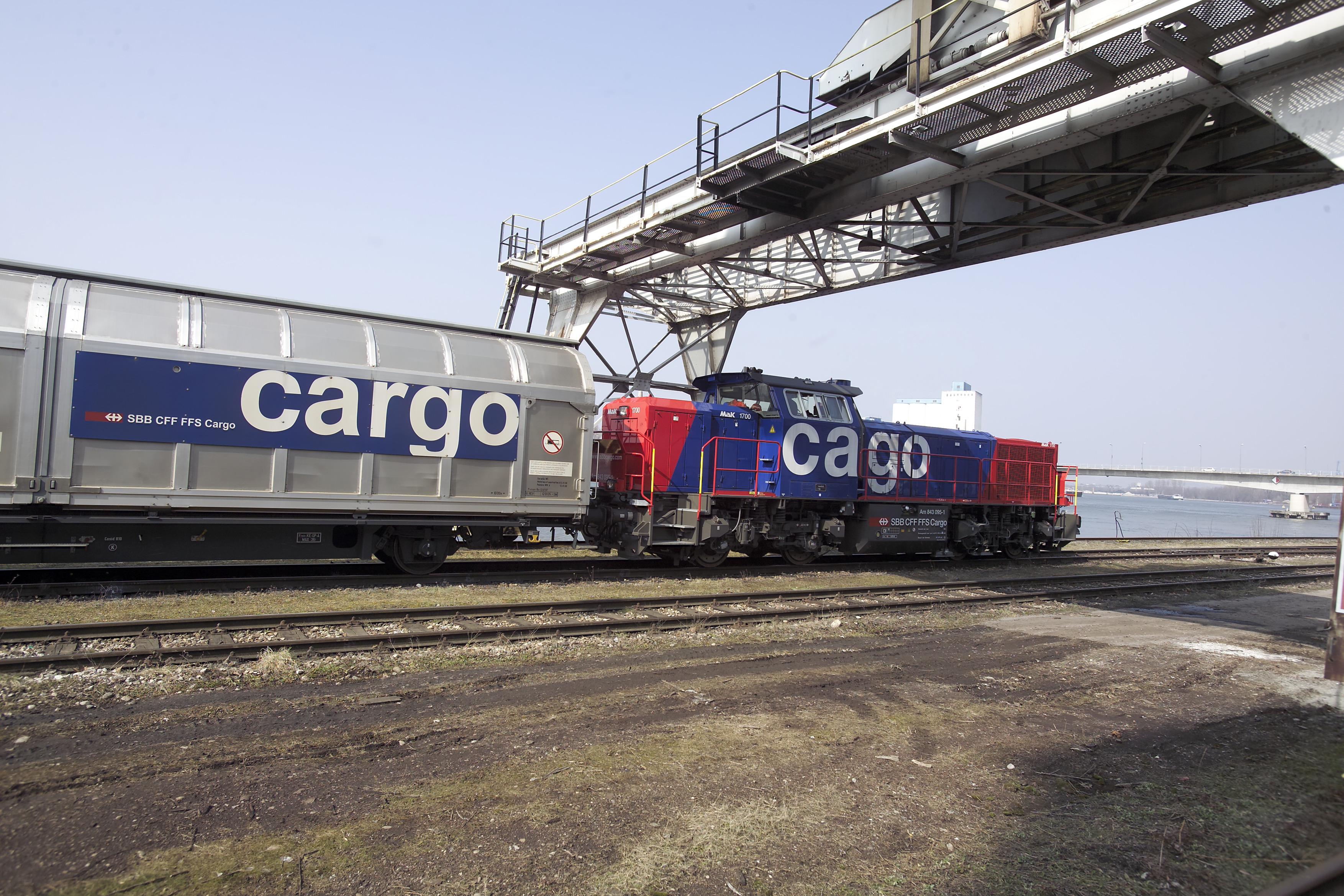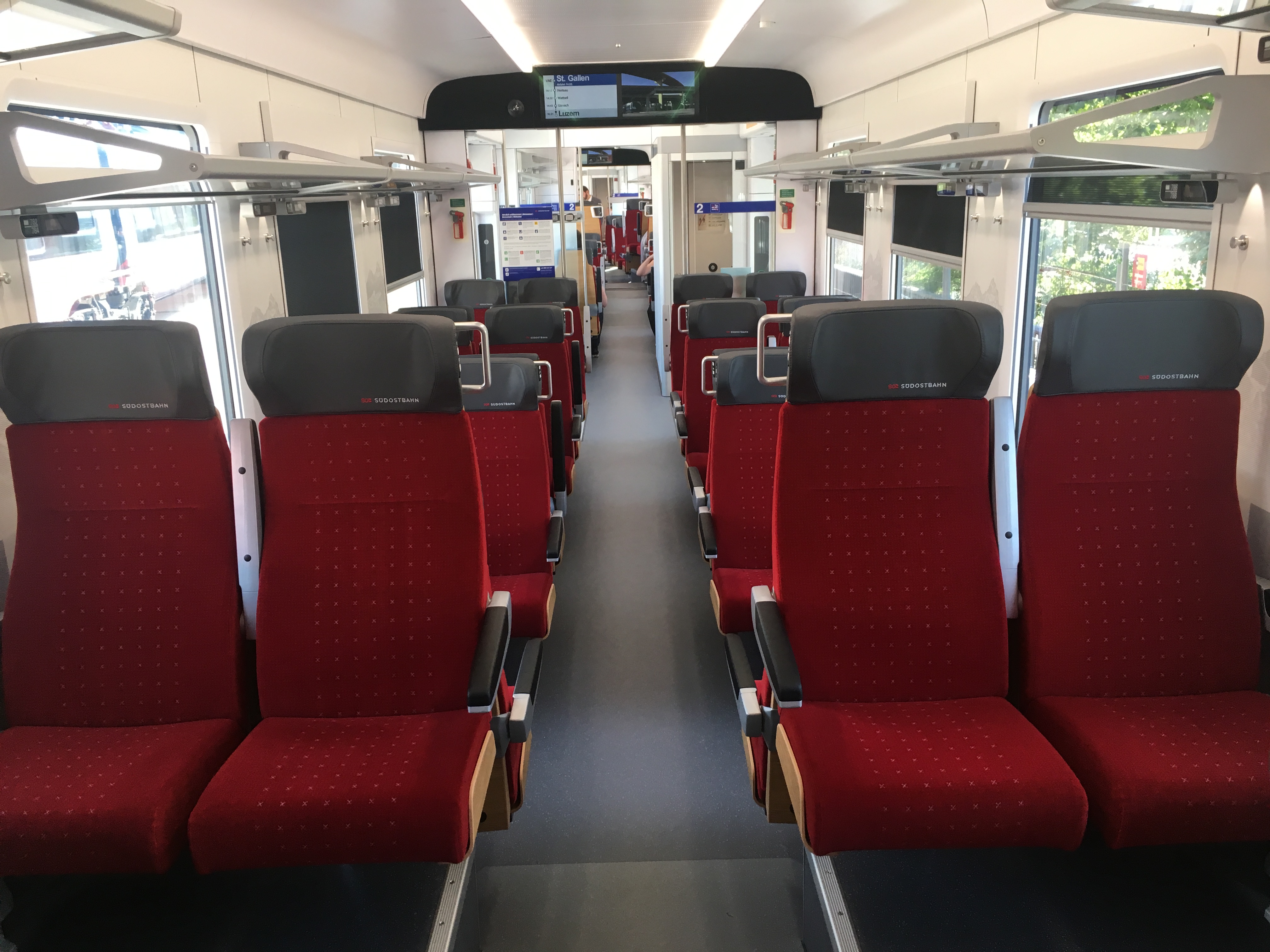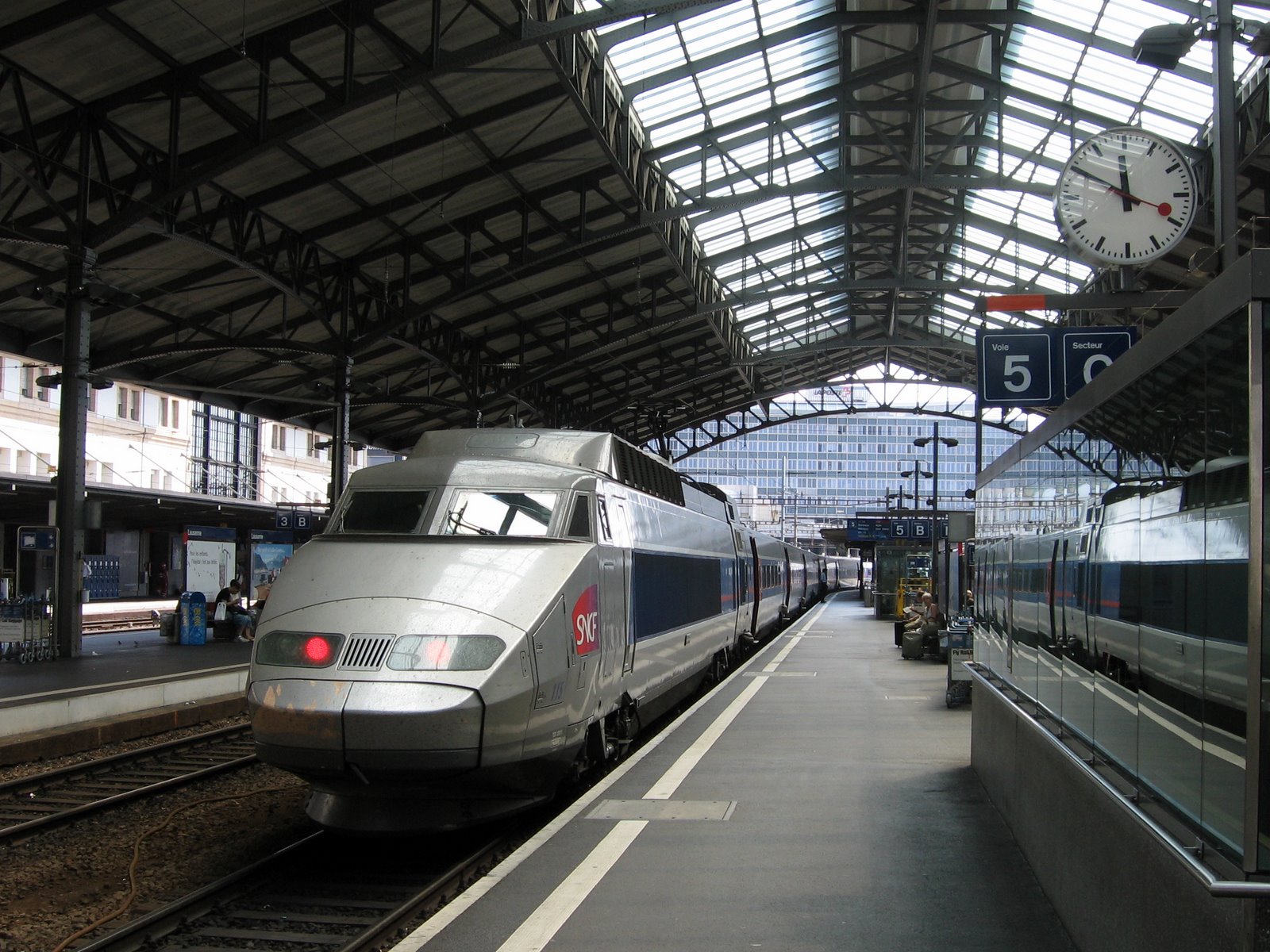SBB has made its first solar panel array for the running of passenger services operational in a new pilot project.
Located on the roof of the frequency converter in Zurich-Seebach, the electricity produced by the solar panels can be fed directly and efficiently into the railway electricity grid. The solar panels can produce enough electricity for 1.4 million passenger kilometres.
SBB has set itself the goal of obtaining 100 percent of its electricity for railway operations from renewable sources by 2025. Around 90 percent of the electricity SBB uses already comes from hydropower and the majority of this hydropower comes from its own power stations.
To make sure SBB can increase that percentage to 100 by 2025, it is implementing a two-pronged approach. Firstly, it is taking steps to reduce consumption. Secondly, it is looking into all the different renewables options to cover the remaining demand. Solar panels are a good solution as they can be installed relatively easily. Furthermore, the cost of solar panels has come down significantly in recent years.
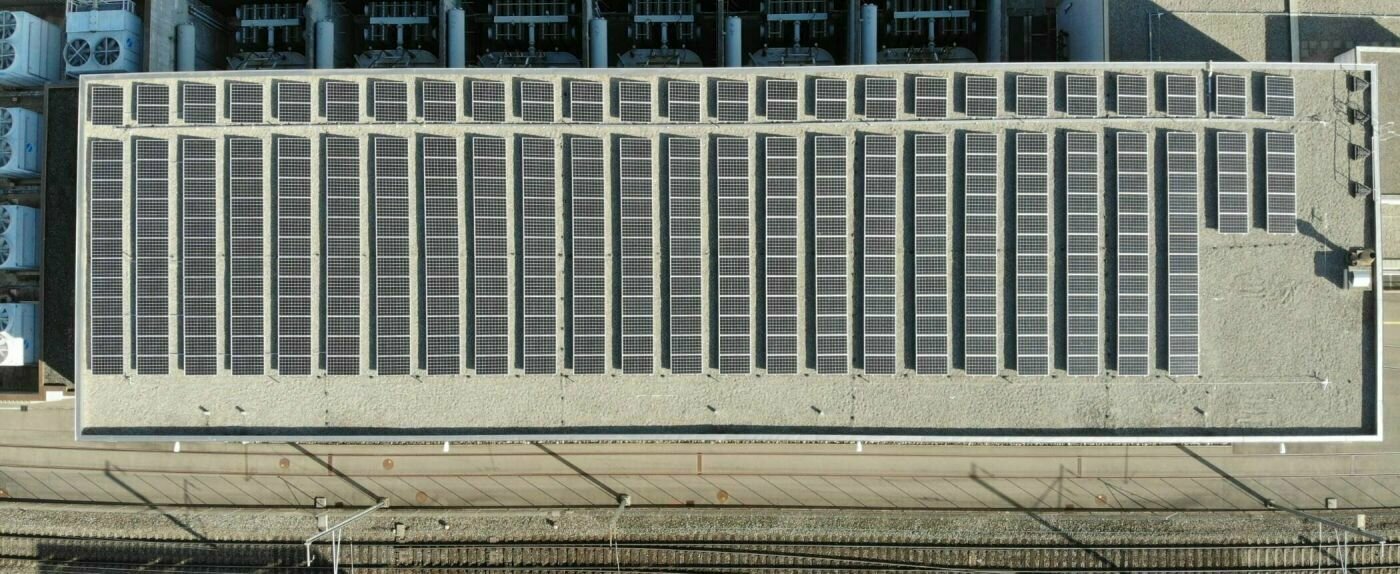
Direct Supply
There are already twelve solar panel arrays on twelve of SBB’s buildings, such as warehouses, service facilities and railway engineering halls. What is innovative about the solar panels on the roof of the frequency converter in Zurich-Seebach is that it is producing electricity for the running of the railways rather than to power the buildings and associated infrastructure.
Furthermore, the electricity is fed into the grid via an existing transformer. The great advantage of this approach is that the electricity produced in Zurich-Seebach doesn’t first have to be converted traction power. Consequently, it has a degree of efficiency of 95 percent. If, by contrast, the electricity is produced as standard power (50Hz) and is then converted into traction power (16.7 Hz), this leads to losses and the degree of efficiency is reduced to 85 percent.
As part of this pilot project, SBB will test how the solar panels hold up in practice. The project is supported by the Federal Office of Transport (BAV) as part of the Energy Strategy 2050 for public transport.
In general, SBB is interested in getting more solar panel arrays up and running with which it can power its trains directly. They have great potential to supply some of the energy needed for railway operations. The solar panels in Zurich-Seebach will produce around 130,000 kWh of electricity each year. This amount of electricity is enough to power 1.4 million passenger kilometres, where one passenger kilometre is equivalent to transporting one passenger for one kilometre.
SBB possesses many suitable locations across Switzerland for such solar panels.
SBB’s hydropower plants largely produce traction power at 16.7Hz. However, to cover the shortfall, SBB also buys 50Hz electricity from the national grid and converts it into 16.7Hz traction power via frequency converters.

















